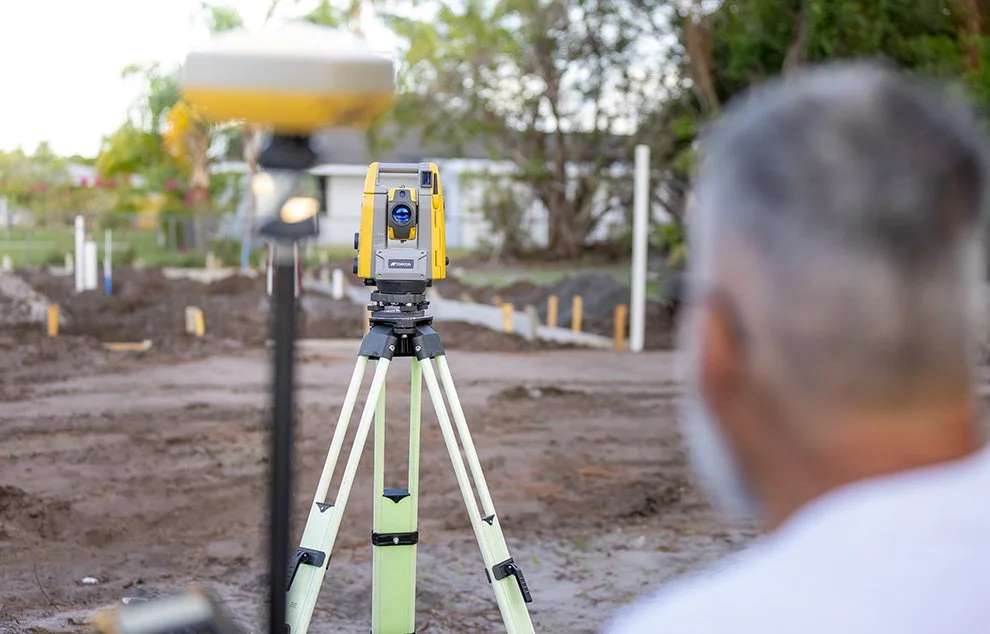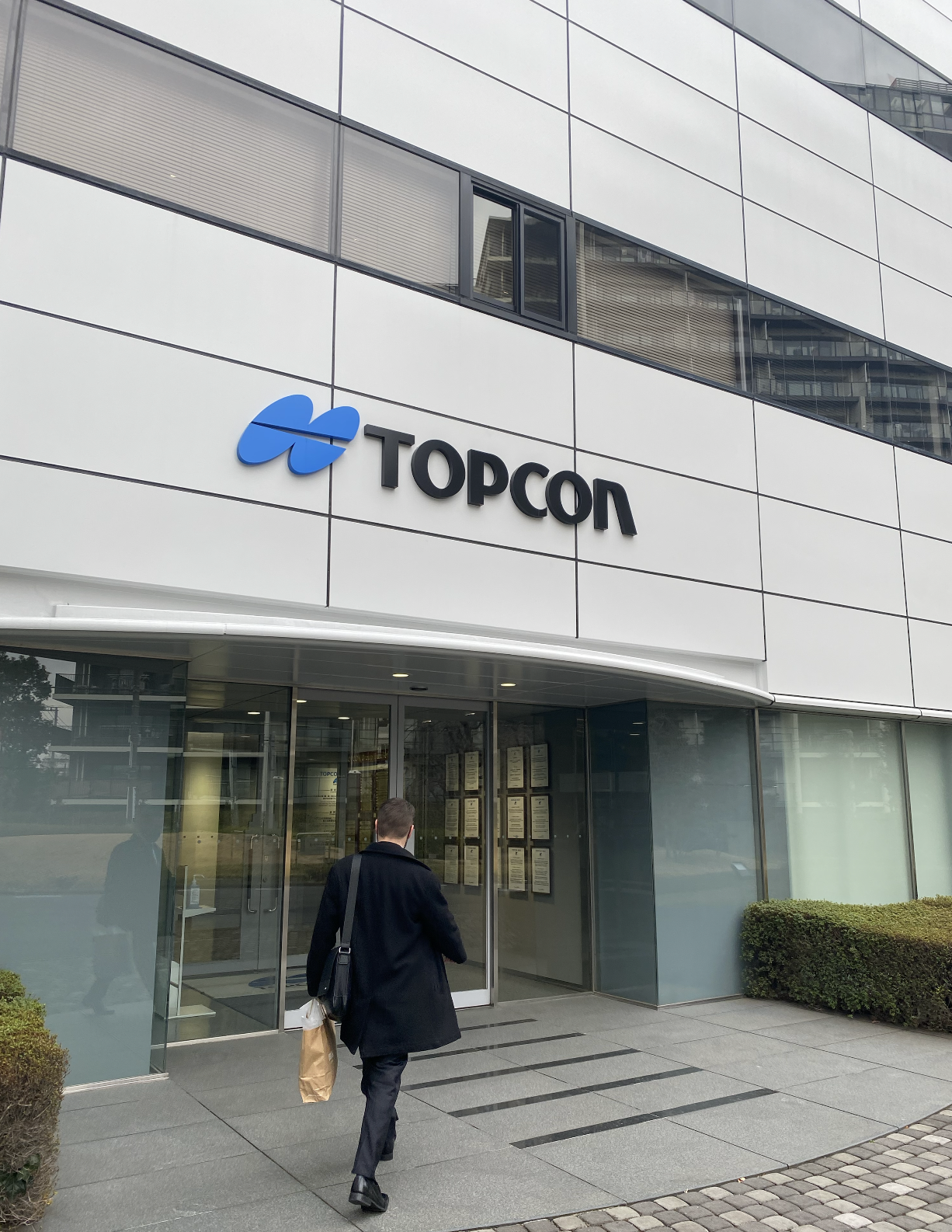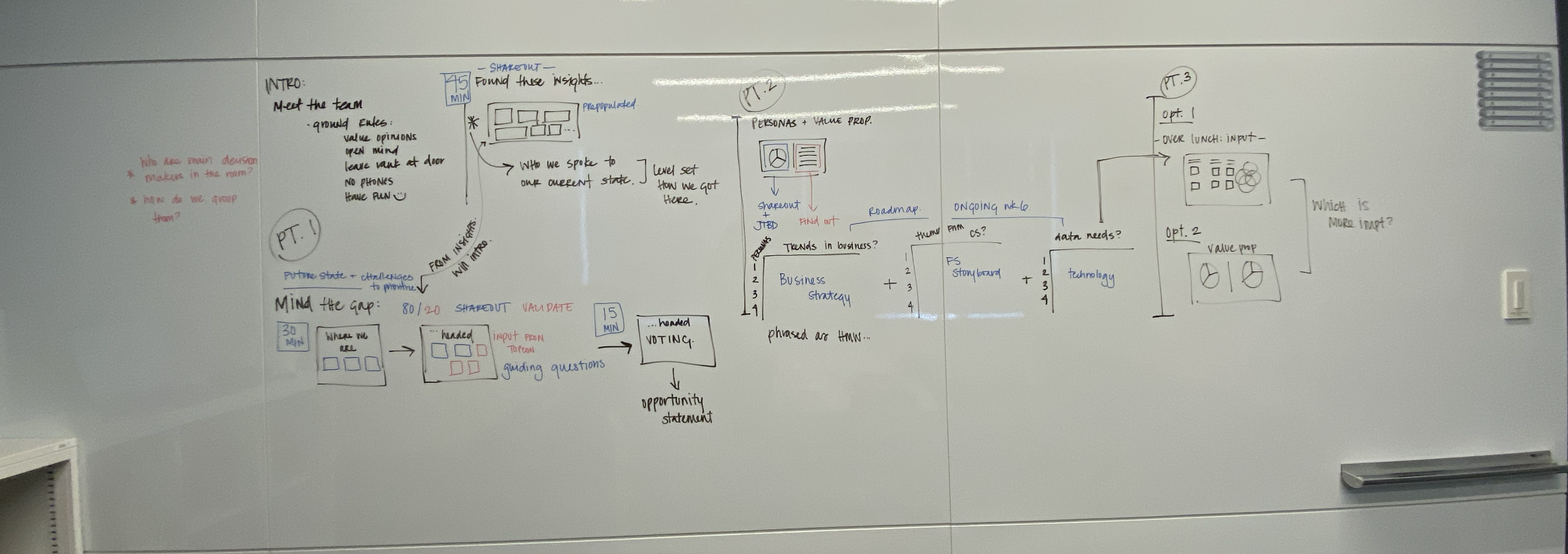A global collaboration: reimagining a future state experience for land surveyors.
Method partnered with Topcon to define the right end-user experience (coined Hornet) while also considering new business models and an overall product strategy for an efficient go-to market solution. Our goal was to learn from end-uses through qualitative interviews of what they want from a future state experience.
Topcon had previously launched new products intended to generate meaningful end-user data and facilitate communication with end-users. However, various factors caused these products to be unsuccessful in the field and eventually discontinued.
Topcon also recognized the strong relationship between end-users and business partners, where end-users rely on their business partner for support instead of Topcon which contributes to a lack of understanding of end-user needs.
Client
Topcon Positioning Systems
(Japan market)
Duration
8 weeks (including 1 month immersion in Tokyo)
My Role
Project & design strategy lead
Methodologies
Discovery research, qualitative research, value proposition, capabilities/offerings, ideation workshop, opportunity prioritization, service blueprinting
The Global team
1 experience strategist (Method)
1 business designer (Method)
3 product designers (Method & Hitachi)
Deliverables
Competitive analysis, user research report, personas, current state service blueprint, business strategy, future state storyboard, future roadmap
Project Plan
Immersion & discovery | Weeks 0 – 4
Researching customer & market needs.
I guided our team through a preliminary analysis of the construction market landscape and key competitors to shape our initial hypotheses and prepare for stakeholder interviews. To frame this analysis effectively, our Tokyo-based design research partners crafted “How Might We” statements that shaped research focused on end-users, business partners, and Topcon’s specific needs.
Our research concentrated on trends and competitive dynamics within the Japanese market to support Topcon’s core audience. Additionally, we conducted supplementary market research on North American companies, anticipating Topcon’s global expansion.
We identified direct competitors in the Japanese market, such as Nikon, Trimble, and Leica Geosystems. These competitors offer direct customer support for their 3D field products, including maintenance history, online support, and ongoing learning programs. However, these services lack IoT integration and real-time data transfer capabilities. Competitors also emphasize user-centric concepts like “customer experience” in their field surveys, placing end-users at the heart of feedback and providing training opportunities for field employees.
To be sure we were meeting end-users where they were, our team partnered with strategists and designers in our Tokyo office to lead Japanese language-first interviews. All interviews were conducted in Japanese and held at local Topcon offices. The team spoke with five end-users and five dealers from various companies over 10 days and across five prefectures (geographic regions in Japan).
Insights
Off to Tokyo!
After competitive research was complete and user interview insights were synthesized, it was time to make the move to Tokyo! Our US-based team, myself and a product designer, moved to Tokyo for a month where we immersed ourselves in the culture, team, and ways of working. It was an invaluable experience that contributed to our success as a team.
Over the next four weeks, we dove head first into further immersion and definition, enjoying collaborating with our Japanese colleagues and exploring the surrounding cities near Tokyo.
Exploring Tokyo with our Hitachi colleague
Topcon headquarters
Identifying personas.
Once settled into life in Tokyo, I made sure that our team invested time in deeply understanding the insights from user interviews and the working culture across Japan. This comprehensive understanding was pivotal in shaping our definition and design phases.
We began the definition phase by identifying five key personas that represent Topcon’s diverse customer base, effectively guiding out strategic recommendations for the business.
We categorized the user groups into two main segments based on our interviews: end-users and managers (also referenced to as business partners). Recognizing the importance of both groups, we focused on understanding not just the field employees but also their managers. Business partners play a crucial role, as they are deeply immersed in the experience and have valuable insights into the challenges faced by their field employees.
Personas Identified
Work in progress persona mapping & framework
Define | Weeks 4 – 7
Assessing the current state.
With our research wrapped up and personas defined, I led the team in synthesizing qualitative insights, including desk research, to map out the current state. I encouraged a holistic approach to ensure we captured not just various end-user perspectives, but also the critical 'back of house' operations integral to the business. This enabled us to develop a comprehensive current state service blueprint.
The service blueprint became a crucial deliverable, offering visual representation of the end-to-end experience from both the end-user and manager perspectives. It served as a strategic tool for Topcon, allowing them to clearly see and explore current state experiences and interactions while aligning these with key user needs, motivations, and pain points.
Through this process, we discovered that business partners carry the majority of the end-to-end journey, encompassing sales, delivery, troubleshooting, maintenance, version updates, and product renewal. While this extensive involvement has fostered strong relationships with end users, it has also led to significant burdens on business partners, particularly depending on their digital maturity.
Current state service blueprint





Defining a business strategy.
With our team’s understanding of the current state customer experience, we shifted to broaden our understanding of Topcon’s business landscape and future evolution of the end-product (coined Hornet). The following were the primary objectives as the team defined a business strategy, ensuring that our redesigned Hornet system meets the needs of all stakeholders and positions Topcon as a leader in digital innovation.
Enhance the end user experience: Gather insights on how we can significantly improve the end-user experience while simultaneously creating new opportunities for our dealers.
Generate valuable data: Collect and analyze end user data that will be beneficial and actionable for both managers and Topcon.
Restore manager trust: Rebuild and strengthen our dealers' confidence in Topcon's digital capabilities.
In partnership with a business strategist, we created opportunity themes derived from current state challenges, design questions and future state ideas. These themes were then broken down into capabilities or offering that would drive business value for Topcon.
Opportunity Areas



Co-creating with Topcon.
Mid-engagement, the team organized an all day workshop with key stakeholders from Topcon. We set out to present our research and findings, the current state blueprint, and business strategy, then looked to engage our stakeholders to collaborate on defining the future vision.
We facilitated conversations with the help of translators, making sure that our Japanese speaking clients could accurately articulate their thoughts and feedback throughout the session. Using Miro and printed activities, our participants were engaged, participative and receptive to brainstorming the future of Topcon. The team prepared activities such as mind the gap to both share our understanding of the current state and future needs, and encourage collaboration with Topcon to identify additional gaps in achieving their vision. We also took advantage of the opportunity to hear firsthand the business feasibility of our opportunities, conducting a prioritization exercise to determine what ideas were desired, and how we might approach achieving them.
Co-creation Session Planning
Illustrating the future state.
Grounded in recommendations from research and consensus driven from our co-creation session, our team visualized six ideal future states that Topcon can work toward. Presented in a visual narrative format, these storyboards serve as illustrative examples crafted from user insights. Each storyboard represents the outcome of an action area related to overarching opportunity themes, and include actors such as business partners, end users and Topcon.
Future State Storyboards






Reflections
What went well
Leading a global team has been one of the most rewarding moments in my career thus far. With a clear timeline, defined roles and responsibilities, and north star vision, our cross-disciplinary team dove in head first ready to collaborate.
Since this engagement, I have carried forth transparent leadership while increasingly making a point of meeting team members where they are – understanding their personal and professional goals, doing my best to match them with aspects of the project that support growth in those areas. I have also reiterated to project managers that designers love constraints; this project proved this point in that we worked against a tight timeline but had defined deliverables that we could focus out attention to delivering with quality.







